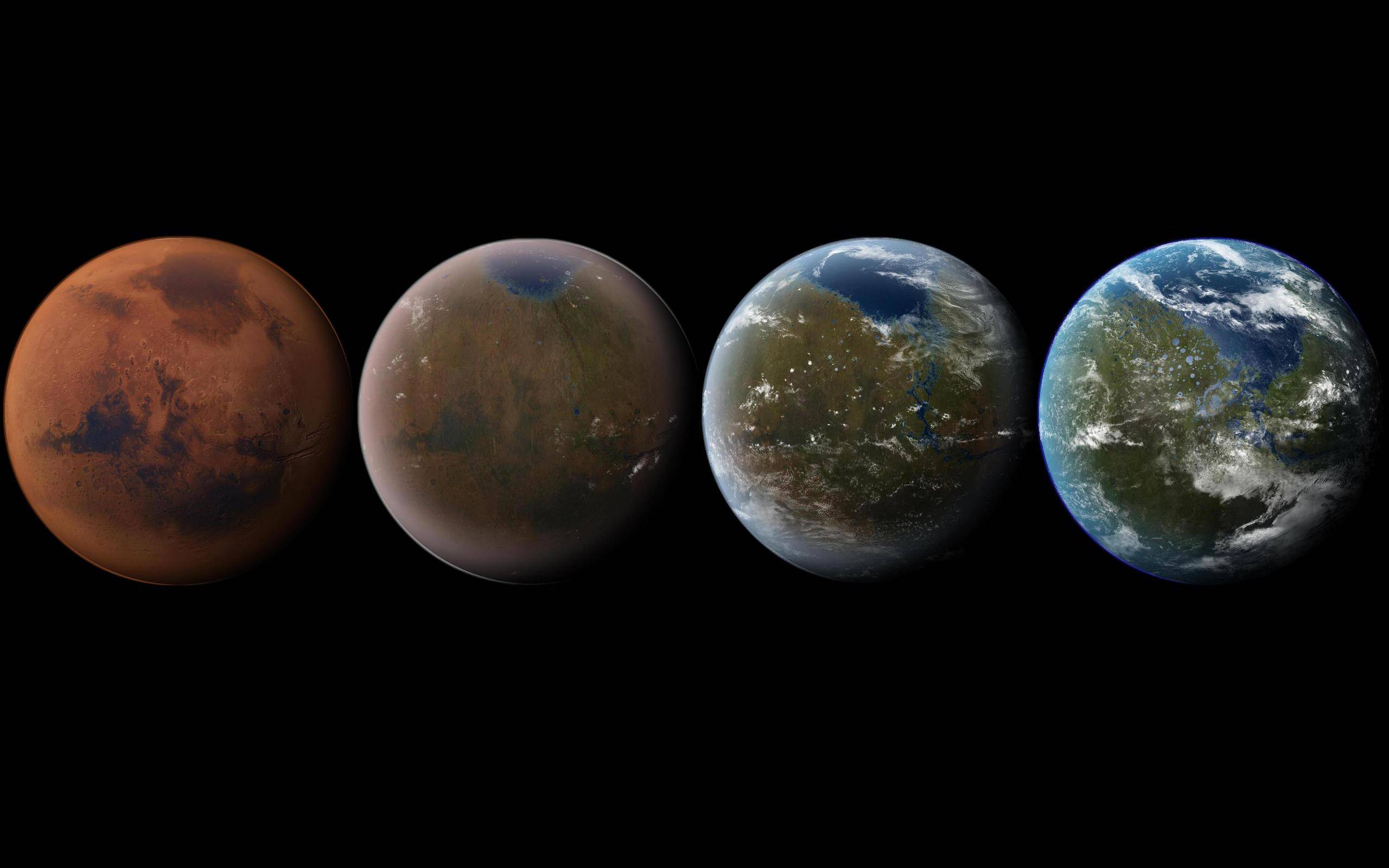
November 1, 2024 by Brian Koberlein
Collected at: https://www.universetoday.com/169127/will-advanced-civilizations-build-habitable-planets-or-dyson-spheres/
If there are alien civilizations in the Universe, some of them could be super advanced. So advanced that they can rip apart planets and create vast shells surrounding a star to capture all its energy. These Dyson spheres should be detectable by modern telescopes. Occasionally astronomers find an object that resembles such an alien megastructure, but so far, they’ve all turned out to be natural objects. As best we can tell, there are no Dyson spheres out there.
And when you think about it, building a Dyson sphere is the cosmic endgame of a capitalist dystopia. In the never-ending quest to capture and consume every last bit of energy, your civilization rips worlds asunder, moving heaven and earth to create an orbitally unstable, unlivable engine. If you can traverse light-years and transform planets, why not just move Earth-like planets and moons into a star’s habitable zone and have a nice cluster of comfy planets to live on? If this kind of stellar-punk civilization is out there, could astronomers detect it? This is the question behind a study on the arXiv.
The authors begin by noting that when Freeman Dyson proposed the idea in 1960, our solar system was the only known planetary system. Star systems were thought to be rare at the time, but now we know better. Most stars have planets, and even our solar system has a dozen water-rich moons that could be made habitable with a shift of their orbits and a bit of terraforming. Since this would be much easier than building a Dyson sphere, the authors argue that modified systems should be much more common. The only question is how to detect them.
One way would be to look for planetary systems that don’t seem to have formed naturally. For example, if you find a system with a dozen worlds in a star’s habitable zone and few other planets, that isn’t likely to have happened by chance. Less obvious would be to look for systems that are orbitally unusual. Perhaps the planets have orbital resonances that aren’t stable in the long term, or have unusually perfect orbits. Maybe the chemical composition of some worlds don’t match that of the system as a whole. Anything that stands out might be worth a closer look.

Another way would be to look for signs of systems under construction. The authors note that planets could be moved or captured slowly over time using high-power directional lasers to accelerate them. Stray light from those lasers would be visible across light years. If we detect monochromatic laser light coming from a potentially habitable star, it could be aliens building a better home.
It’s not likely that we’ll find this kind of evidence, but the idea is no stranger than those of giant alien megastructures. Besides, it’s fun to think about just how many habitable planets you could pack into a single star system. It turns out to be quite a lot!
Reference: Narasimha, Raghav, Margarita Safonova, and C. Sivaram. “Making Habitable Worlds: Planets Versus Megastructures.” arXiv preprint arXiv:2309.06562 (2023).

Leave a Reply